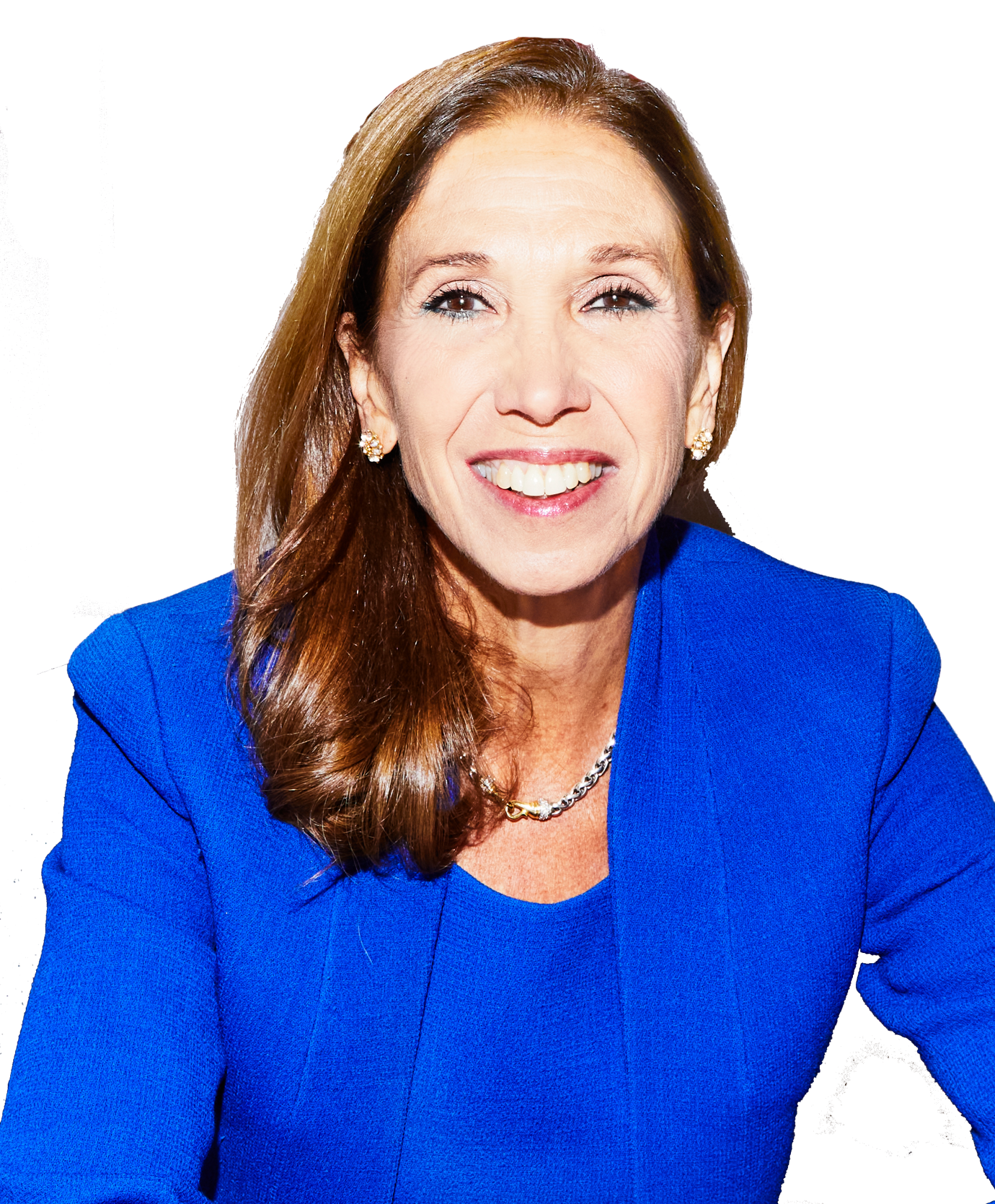Final 2018-2019 State Budget Will Include Two Proposals by Amy Paulin to Offer Relief from Harmful Effects of New Federal Tax Law
Albany, NY – Assemblymember Amy Paulin (D-88) today announced that the final negotiated State Fiscal Year 2018-19 Budget that lawmakers voted on last night contains two policies that she originally proposed to provide options for relief for some families in Westchester County and elsewhere who have been disadvantaged by the new federal tax law.
“The changes to federal tax law disproportionately hammer many New Yorkers, and it does so deliberately,” said Assemblymember Paulin. “From the moment it became law in December, I worked with academics, tax attorneys, and my colleagues in the legislature to brainstorm solutions to mitigate the fallout for taxpayers already laboring to keep up with high property taxes. I am thankful for the leadership of Speaker Heastie, the Governor and my colleagues in both chambers of the legislature to incorporate these measures in the budget. Working together, we didn’t merely rail against the real harm caused by this new law. We also took pragmatic and creative steps to deliver relief for our families and communities.”
Three days ago, Wallet Hub released an analysis of the impact of the new federal tax law, ranking New York 48th out of the 50 states in terms of states that benefit, ahead of only Connecticut and West Virginia.
A major net disadvantage of the federal law for New Yorkers is a new cap on State and Local Tax deductions. These deductions, which include both State income tax and local property taxes paid to school districts, counties, municipalities and others, are now capped at $10,000 per year. In 2015, among New Yorkers who itemized their tax returns, the average State and Local Tax deduction was $22,000.
With the highest property taxes in the nation, Westchester County residents are even more severely affected by this cap. According to ATTOM data solutions, 73% of Westchester homeowners pay more than $10,000 in property taxes, and many Westchester County constituents are already paying $20,000 or more in property taxes alone.
“I practiced as a tax attorney for many years and I know the new federal tax laws will harm many of my constituents,” said Assemblyman David Buchwald (D-White Plains), who was directly involved in crafting the new policy and championed it within the Assembly. “I believe that these state tax code changes will be valuable tools for school districts, municipalities, and individual New Yorkers and will send a message to President Trump and the U.S. Congress that New York’s economy will no longer serve as a piggy bank they can empty for deficit spending and tax cuts for other states.”
“Taken together, these two measures will go a long way toward keeping it affordable for New Yorkers to live in the communities they fell in love with and to send their children to the same nurturing, high-quality schools,” added Assemblymember Paulin.
The first remedy, which Paulin originally introduced as a standalone bill in December, would allow New York residents to itemize their State tax return even if they do not itemize their federal returns. As part of the changes at the federal level, the federal standard deduction was increased for individuals and married couples, and is now set at a higher level than the State standard deduction. For a substantial number of New Yorkers, the optimal tax scenario may be to take a standard deduction on their federal return but continue to itemize on their State return. The measure in the budget detaches State itemization from federal itemization, allowing them to do so.
The second remedy, which Paulin also originally introduced as a standalone bill, allows school districts, municipalities, and counties to establish charitable funds to pay for a specific public purpose, like education or healthcare. Once established, an individual could make a contribution to one of these funds, and that charitable contribution would continue to be fully deductible at the federal level. If the individual making the donation also happened to be a property owner in the school district, municipality, or county supported by these new charitable funds, that local taxing authority would then issue a property tax credit for 95% of the value of the contribution. That tax credit and the subsequent lower tax liability would be reflected in the next property tax bill issued by the authority.
Many states already have programs in place that provide tax credits for charitable donations. For example, several states provide tax credits for donations made to private schools or scholarship funds. When a conservation easement is donated in New York, the State Conservation Easement Tax Credit provides a credit of 25% of the amount of property taxes paid on that easement property (Tax Law section 606 (kk)). The Internal Revenue Service and court rulings have routinely confirmed the validity of these types of tax credits.
The net result of these new funds, as authorized in the state budget and potentially established in localities on a case by case basis, would be an increased charitable deduction for the taxpayer that offsets some of the lost deductions for property taxes without slashing the critically-needed revenue for the school district, municipality, or county.
“These charitable funds may not be equally useful to every county, town, village, or even every school district, but for many areas with excellent services but higher property taxes, they would be a critical tool for taxpayers and local governments alike,” Assemblymember Paulin said. “The new federal tax law unfairly put the squeeze on many of New York’s families who have invested for years in their local schools and services through their property taxes. With our budget, we’ll restore some fiscal balance to allow them to continue to afford the communities they call home.”
